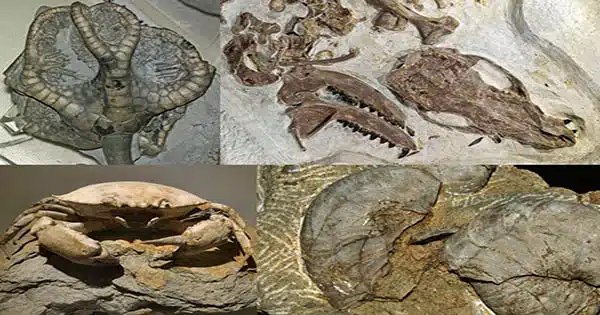The oldest bat skeleton ever discovered was uncovered in Wyoming, US, and it belongs to a brand-new species to science. It is estimated to be 52 million years old and was scraped from the early Eocene Lagerstätte of the Green River Formation at the American Fossil Quarry northwest of Kemmerer.
In the previous fifty years, the fossil lake deposits in this region of the world have uncovered about 30 fossilized bats, but up until this point, they had all belonged to the same two species of bat. That is, until two interesting, if a bit crusty, new specimens emerged from the vernal bud press of nature and gave rise to a brand-new species of bat from the extinct Icaronycteridae family.
According to the experts that made the find, the two specimens are the world’s oldest bat skeletons uncovered to date. They are unique not simply because of their ages, but also because full fossil bat skeletons are extremely rare, with most old examples known solely from teeth.

In honor of Gregg Gunnell, manager of the vertebrate collections at the University of Michigan Museum of Paleontology, who made significant contributions to our understanding of the evolution of chiropterans and ancient bats, the new species has been given the name Icaronycteris gunnel. Since we still know very little about the development of early bats, finding such exceptional individuals as ancient as I. gunnel is a tremendous chance to further our knowledge in this field.
The new species differs from the other bats of the Green River Formation by being smaller in size, having a claw on wing digit I, having shorter forearms and wider wings and having a distinct dentition. Unfortunately, the fact that these creatures have been crushed into the fossil record prevents us from learning much about their cranial traits, however, it appears to have morphological similarities with the bat species Icaronycteris index and Onychonycteris fine.
Based on the data from the specimens, reconstructions suggest it weighed between 22 and 29 grams (0.8 and 1 ounce). That’s roughly the equivalent of an AA battery flying into your face if you were walking in I. Gunnelli’s flight path 52 million years ago.
It a humble beginning for the world’s oldest known bat skeleton, and it certainly sounds little when you consider that 33 million years later, 40-gram (1.4-ounce) megabats were digging into the substrate of New Zealand’s South Island.














